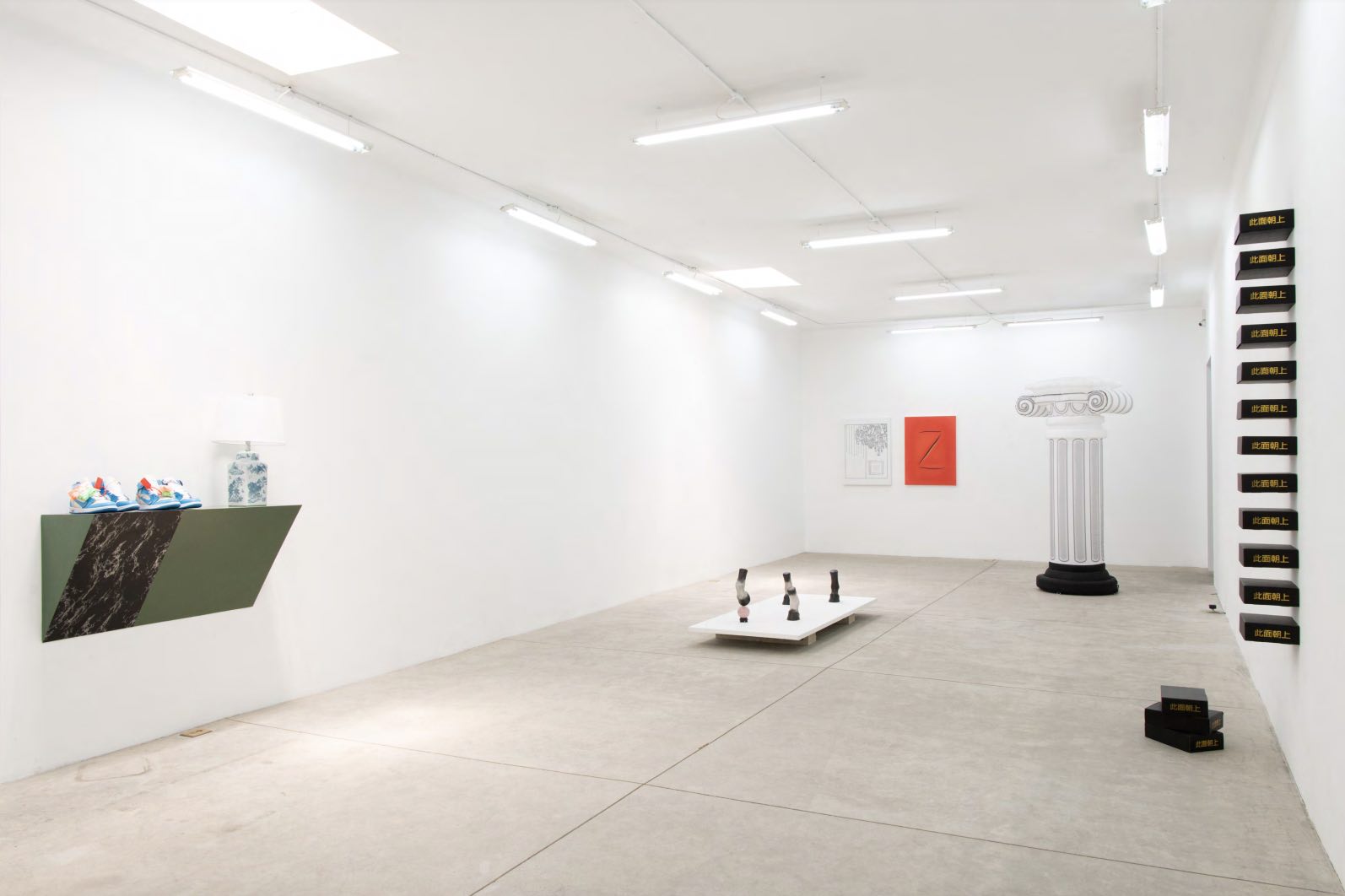
Marek Wolfryd
The Ecstasy of Influence
Exhibition
-> May 20 2022 – Aug 20 2022
The Ecstasy of Influence is an exhibition by Marek Wolfryd at Tiro al Blanco.
No work is reducible to the work of a single artist. What is individual authorship but a set of imaginaries and consensuses that only exists by erasing the multiple actors that allow it? The raw material with which any discourse is built is a shared good, and the “new” is always erected in company. The constant exercise of references that is artistic practice places us in a zone labyrinthine and rhizomatic, without clear beginnings or ends. Being inscribed in social relations, artworks are viscous, capable of incorporating elements that adhere to their future and cause dialogue that alter them to make them speak unexpected languages.
In 2007 Jonathan Lethem published an essay titled The Ecstasy of Influence, in which he explained how ideas have been shared, recycled, stolen, reinterpreted and copied since ancient times.
Lethem argued that art is made of appropriations from previous manifestations and that the absolute originality is a myth. Within this labyrinth of correspondences, Marek Wolfryd’s exhibition —borrowing his name from Lethem’s essay—is navigated as a hyperlink. The approach of each of his pieces always leads us to another, which precedes it. The archipelago character of every object, its condition as a whole, the impossibility of its existence in the void. Thus, an Ionic carved stone column is updated by entering into relationship with an inflatable plastic that imitates it; the legs of a horse invoke the equestrian statue that was five hundred years ago; a lobby welcomes us with two clocks that simultaneously situate and transport us: the past infiltrates contemporaneity and finds new ways of manifesting. Remakes of remakes, pieces that “seem familiar to us”, and in that memory they are transformed into others, with replaced objects, tropicalized, displaced. With gestures like this, works that are capable of, as Sara Uribe has said, producing the present with materials from other temporalities.
It is common to surround artistic works with a magical or devotional aura that makes invisible the relations of production in which they are inserted; this illusion —or fetishization— makes us see them as independent entities and value them only for their aesthetic qualities, their irreplaceable “purity” or their “originality”, and that we forget the social character of the work that produces them. The exhibition, in addition to bearing witness to the commercial transaction processes that had to take place for the works to be exhibited here and now —as can be read in the technical sheets—, exposes various dialogues with other artists, and questions the original idea of creation of the solitary author who elaborates unconnected and autonomous pieces.
The systems of influence, appropriation and collective authorship have existed for thousands of years and have gone from enjoying good health to being considered practices worthy of punishment, according to the cultural conventions and codes of the time. Marek Wolfryd shamelessly shows us that also in contemporary art it is common that the pieces are not made by the artist himself and are others —a set of Chinese companies, in this case—who execute the “idea”. We must not forget that as merchandise, a work is subject to geographical displacement, power dynamics and economic relations, so that in artistic practice it is also revealed how the capitalist model operates, characterized by outsourcing labor.
The exercise of reproducing what has already been reproduced introduces the possibility of an infinite process of transfer and remixing of materials similar to what happened with ancient palimpsests: manuscripts that preserved the traces of a previous text that had been altered to be able to write again on the same surface. The infinity of layers that any artistic manifestation carries brings us closer to the meaning of the word “copy”, which in Latin means “abundance”. And the encounter with the infinite in any of its manifestations can cause restlessness, but how stimulating is what stirs!
— Valeria Mata